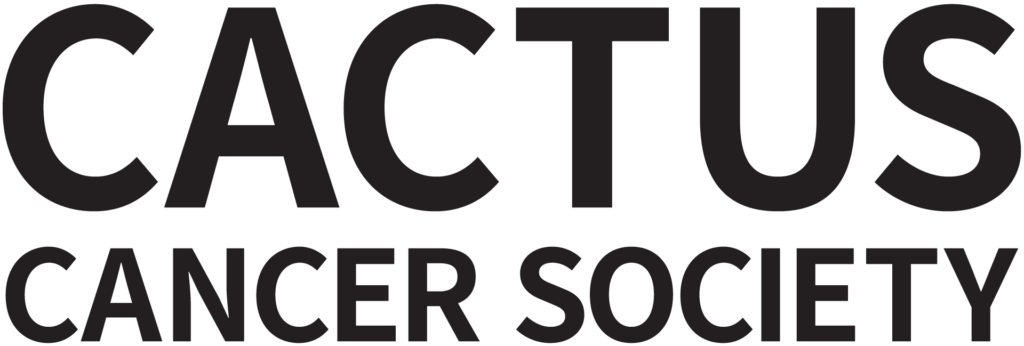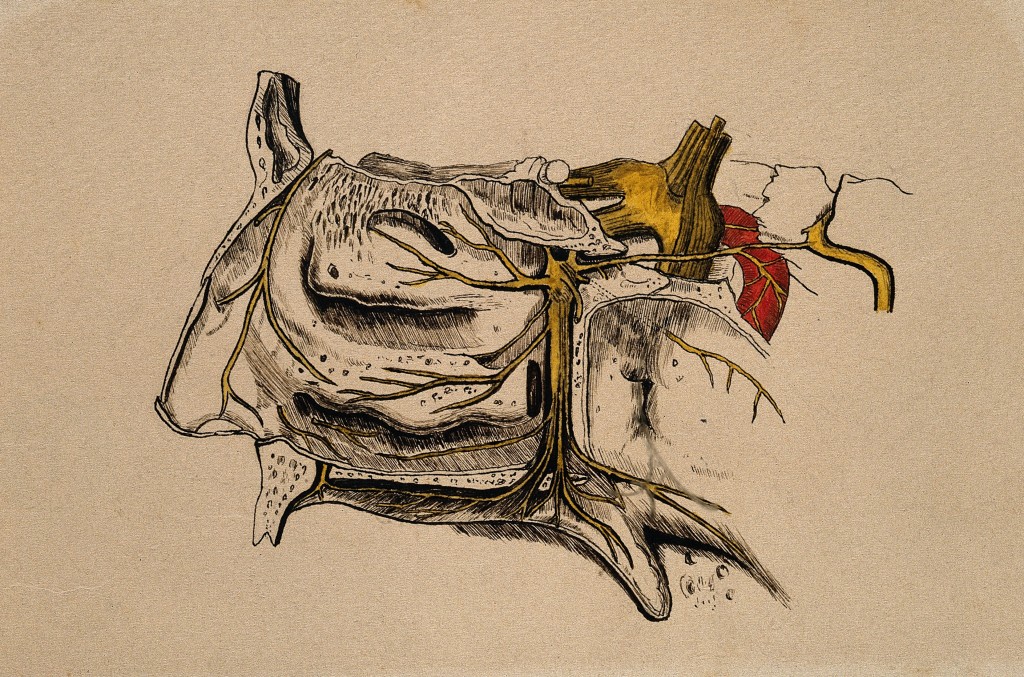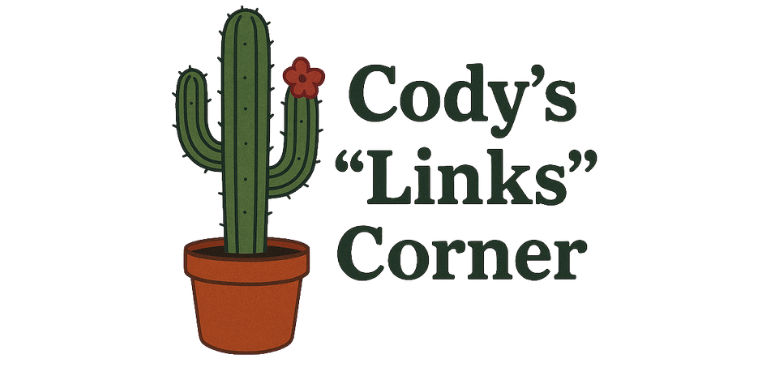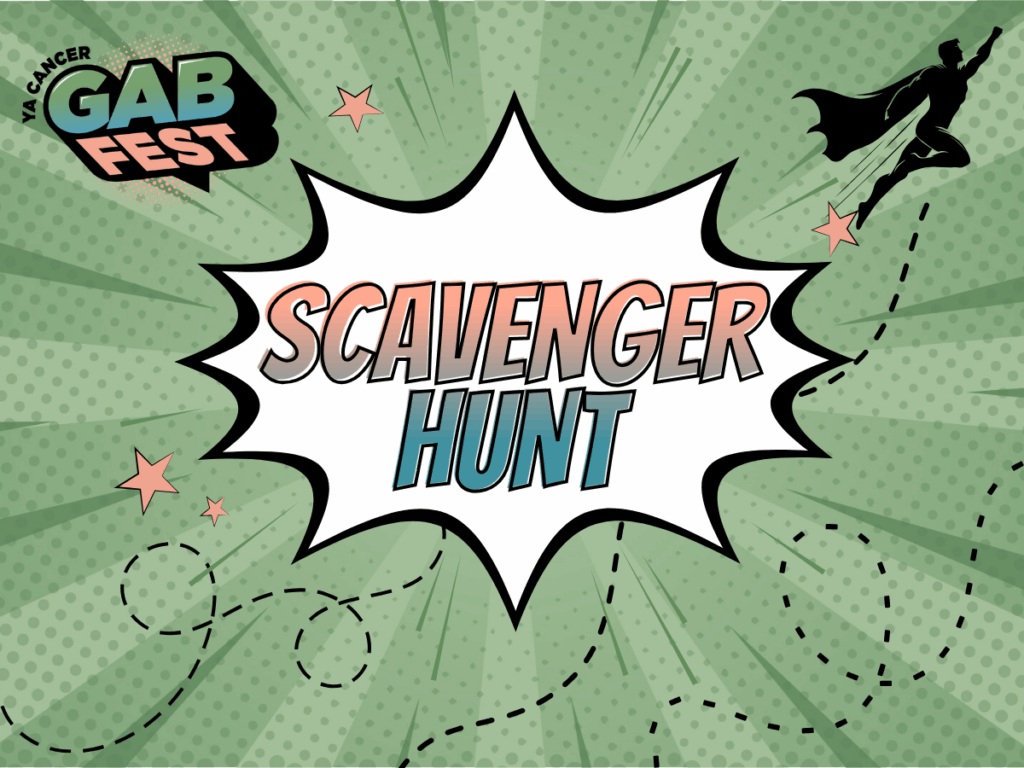Staying on top of the latest and greatest treatments for young adult cancer and chronic illness can sometimes be overwhelming. Staying specific to whatever condition you or your loved one is suffering from can help narrow down the search. Today we’re bringing you something new on the forefront of migraine treatment.
Last month several major news outlets, including TIME magazine, reported on a new migraine treatment called “image-guided, intranasal sphenopalatine ganglion block”. The name is a mouthful, but the principle is straightforward: using a catheter inserted through the nose, lidocaine (a local anesthetic) was applied to a the sphenopalatine ganglion, a bundle of nerves behind the nose that is linked to migraines. The lidocaine numbs the nerves and relieves some of the pain associated with migraines.
Using lidocaine (a local anesthetic) to treat migraines is nothing new, but using an image-guided catheter to target the sphenopalatine ganglion seems novel; the previous treatments I know about use IV drips, injections, nasal drops, or nasal sprays. And the treatment is promising, significantly reducing migraine severity in patients the following day, with effects still evident thirty days later.
I have had a nerve block, one targeting the greater occipital nerve; I had positive, although not overwhelming, results from it. If my neurologist offers this newer treatment, I’d like to compare the two.
Have you had any experience with nerve blocks? Would you consider this treatment?








